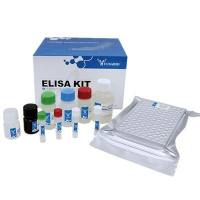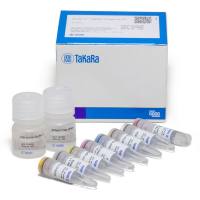Screening G Protein-Coupled Receptors: Measurement of Intracellular Calcium Using the Fluorometric Imaging Plate Reader
互联网
533
G protein-coupled receptors (GPCRs) are the target of approximately 40% of all approved drugs and continue to represent a significant portion of drug discovery portfolios across the pharmaceutical industry. As a result, GPCRs are the focus of many high-throughput screening (HTS) campaigns. Historically, ligand-binding assays were used to identify compounds that targeted GPCRs. Current GPCR drug discovery efforts have moved toward the utilization of functional cell-based assays for HTS. Many of these assays monitor the accumulation of a second messenger such as cAMP or calcium in response to GPCR activation. Calcium stores are released from the endoplasmic reticulum when Gαq -coupled GPCRs are activated. Although Gαi - and Gαs -coupled receptors do not normally result in this mobilization of intracellular calcium, they can often be engineered to do so by expressing a promiscuous or a chimeric Gα protein, which couples to the calcium pathway. Thus calcium mobilization is a readout that can theoretically be used to assess activation of all GPCRs. The fluorometric imaging plate reader (FLIPR) has facilitated the ability to monitor calcium mobilization in the HTS setting. This assay format allows one to monitor activation and inhibition of a GPCR in a single assay and has been one of the most heavily utilized formats for screening GPCRs.









